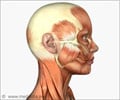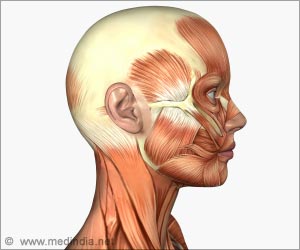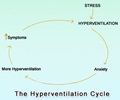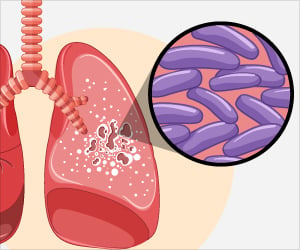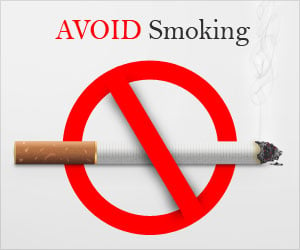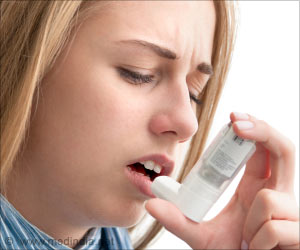The respiratory system in patients with Duchenne muscular dystrophy (DMD) dysfunctions. The deficit can be restored by activating the brain.
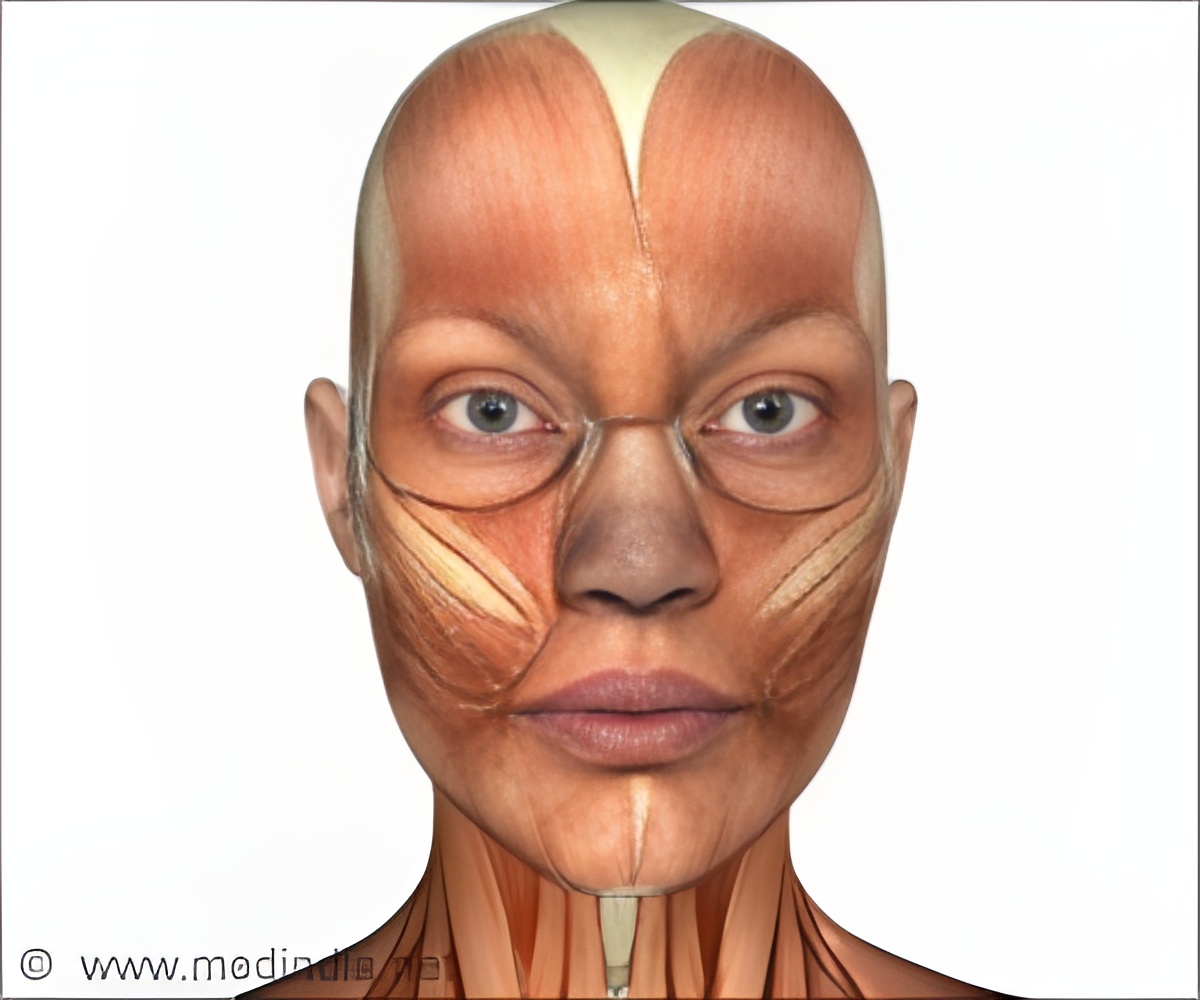
‘Breathing can be restored in patients with Duchenne muscular dystrophy (DMD) by activating the brain.’





The study was published in The Journal of Physiology.Lead investigators David Burns and Ken O'Halloran at University College Cork, in conjunction with collaborator labs at the University of Calgary and Trinity College Dublin, performed experiments in mice lacking dystrophin, the muscle protein that malfunctions in DMD.
These mice have been shown to be a useful pre-clinical model of DMD as they demonstrate many of the hallmark features of respiratory muscle dysfunction in DMD patients.
In the young dystrophin-deficient mice, the respiratory control system was impaired on multiple levels. Importantly, the researchers found that the brain was compensating for this by increasing activation of the diaphragm muscle.
This study only offers a snapshot of the deficits and compensations at one time point in the progression of the disease. It is essential the findings from the study in the dystrophin-deficient mice are confirmed in human DMD patients before its potential applications in these patients can be considered.
Advertisement
'Further study of physiological neuromuscular mechanisms that compensate for the absence of dystrophin is needed. A better understanding may provide insight with potential applications to a range of neuromuscular diseases, beyond DMD.'
Source-Eurekalert

